Guide to Orthopedic X-rays, MRI, Ultrasound, and CT Scans
Discover essential insights into orthopedic imaging tests like X-rays, MRIs, ultrasounds, and CT scans to confidently navigate your diagnosis and treatment options.
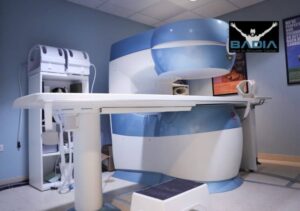
Discover essential insights into orthopedic imaging tests like X-rays, MRIs, ultrasounds, and CT scans to confidently navigate your diagnosis and treatment options.
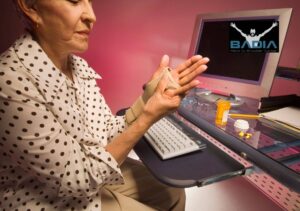
Discover effective strategies to prevent computer-related pain and protect your hands, wrists, and elbows from Repetitive Strain Injuries with expert insights from Dr. Badia and the team at the Badia Hand to Shoulder…
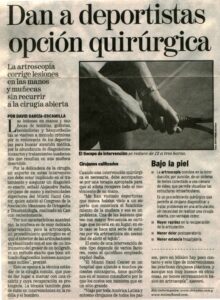
Hand and wrist injuries in athletes can become chronic, but expert arthroscopic surgery at the Miami Hand Center offers precise diagnosis and effective treatment to restore movement and functionality.

Renowned orthopedic surgeon Dr. Alejandro Badia shares insights on preventing and treating hand and wrist sports injuries, emphasizing innovative techniques and patient education for optimal recovery.

Gifted golf player from Barbados finds the right treatment for ligament tear March, 2007 Baptist Health South Florida Sean Edey is a gifted golf player from the island of Barbados. He is so promising that at 19 years of age he’s already an accomplished member of the golf team at Bethune-Cookman University of Florida, where… [Read More]
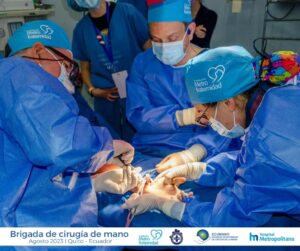
Discover effective treatments for Carpal Tunnel Syndrome, a common condition causing hand pain and numbness, and learn how specialized care can relieve your symptoms and improve your quality of life.
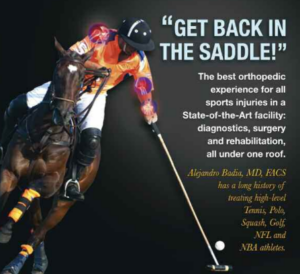
Polo Barbados Magazine Dr. Alejandro Badia Is one of the leading experts in his field and he has dealt with a number of serious injuries to Barbados polo and other sports people. His detailed analysis of the potential injuries and their treatment provides a deep insight into the dangers of sport, but of more importance,… [Read More]
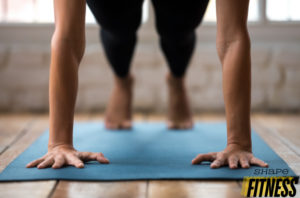
Shape fitness Magazine July 31, 2019 By Gabrielle Kassel Overhead squats are the hardest exercise EVER. As a CrossFit coach and avid exerciser, this is a hill I’m willing to die on. One day, after some particularly heavy sets, even my wrists were sore. When I mentioned this to my coach, he said my tender… [Read More]

Don’t Blame Your Job or Screens for That Painful Wrist or Hand Numbness HealthNewsDigest.com June 4, 2019 – It is natural to want to ascribe a simple cause to a problem. If your wrist hurts or your hands are numb it must be because of typing. However, according to Alejandro Badia MD, an orthopedic surgeon specializing… [Read More]

By Gabrielle Kassel, August 20, 2020 August 20, 2020 Carpal tunnel syndrome, one of the most phonetically pleasing health conditions in the English language, affects the wrists. As many as 10 million Americans — that’s about 3 percent of the population — have some degree of this condition. Carpal tunnel can cause quite a bit… [Read More]
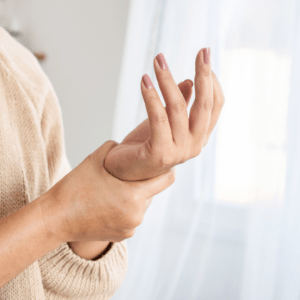
By Sanctuary magazine staff Carpal tunnel, which is a common nerve compression disorder causing pain, tingling and numbness in the wrist, hand and fingers, is an occupational disease, right? “Wrong,” says Alejandro Badia, M.D., a noted hand and upper limb specialist and founder and chief medical officer of the Badia Hand to Shoulder Center and… [Read More]

(HealthNewsDigest.com) – Miami, FL, June 4, 2019 – It is natural to want to ascribe a simple cause to a problem. If your wrist hurts or your hands are numb it must be because of typing. However, according to Alejandro Badia MD, an orthopedic surgeon specializing in treatment of the upper limbs, including hands and… [Read More]

Request an appointment
with Dr. Alejandro Badia

Badia Hand to Shoulder Center
Complete Care of the Hand, Wrist, Elbow and Shoulder in one Medical Facility Dr. Alejandro Badia, M.D, F.A.C.S. Past President ISSPORTH (2011-2013)
Our Office Hours:
Monday- Friday: 8:30AM- 5:00 PM
Saturday- Sunday: Closed


